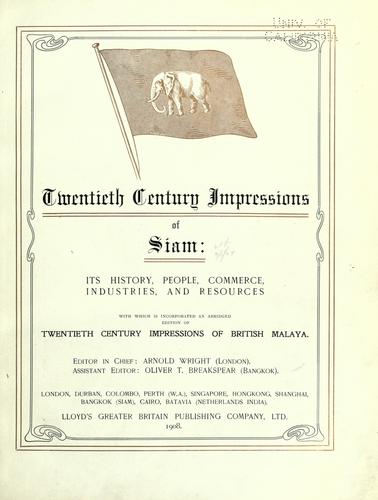 |
| District office |
While googeling to check if there are any new districts in the planning currently, the search term "อำเภอใหม่" (new district) did return me one
article at the nathoncity website talking about the opening ceremony of the new district office for Ko Samui with deputy prime minister
Suthep Thaugsuban (สุเทพ เทือกสุบรรณ) leading the ceremony. I knew the district office is rather small and located in middle of Nathon town, so it would be feasible that a completely new building was constructed, so to keep my maps up to date I asked the blogger
Camille on Samui to check it out for details.
He could directly deny that there is a new district office, the old one only had received a major reconstruction. Though I had been on Samui once several years ago, I did not take photos of the administrative offices at that time, so I asked him to do so when he has time and is in the area. Faster than expected, he did the tour and
wrote about it in his blog.
 |
| Municipality |
As you can notice in his posting, it turned out that the
municipality Ko Samui had built a new office recently, located close to the old municipal office building. Actually a bit hidden, as Camille only noticed it this time despite driving past many times. As in most cases, within the municipal compound there's also the fire station, and the base station for the garbage collection trucks.
Not mentioned in his posting is the district office, about which he said it received some renovations, and also now has more parking space. If you take a close look at his photo placed in top of the posting, you'd notice that the sign actually says "Koh Samui District" - not following the
RTGS transcription system usually used in the government offices. The recommended transcription in Ko Samui, but the spelling Koh for the Thai word "island" (เกาะ) is so widespread it seems the
Royal Institute cannot eradicate it - same as Pattaya should actually be transcribed as Phatthaya.
And in fact there is even a third newly built administrative office, as the provincial court Ko Samui (
ศาลจังหวัดเกาะสมุย)in the south of the island was opened only few years ago. I marked all three buildings in the map below, but note that the municipal building is hardly visible because it is located directly at the boundary between hires and just
recently added medium resolution imagery, thus a bit blurred. And since the hires data is from 2003, there's obviously no trace of the new building in there.
View Samui administrative offices in a larger map
So, many thanks to Camille for providing me with the information as well as allowing me to use his photos for display here. Now whenever the
special administrative area of Ko Samui gets closer to be set up I have at least a photo of the municipal office to decorate the posting.
 The 1908 book "Twentieth century impressions of Siam", edited by Arnold Wright and published in 1908 was recently scanned and made online by archive.org. The section about the administrative system, which by that year had the thesaphiban reforms implemented all over the country, reads as following
The 1908 book "Twentieth century impressions of Siam", edited by Arnold Wright and published in 1908 was recently scanned and made online by archive.org. The section about the administrative system, which by that year had the thesaphiban reforms implemented all over the country, reads as following 









